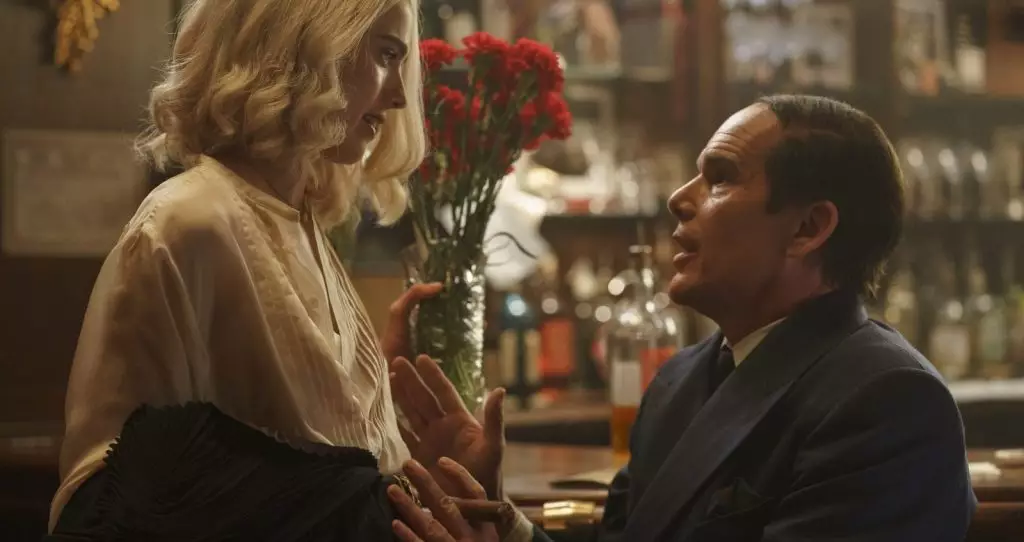Richard Linklater’s upcoming film, “Blue Moon,” about the illustrious Lorenz Hart, is poised to change the landscape of biographical storytelling in cinema. Scheduled for release on October 17, with an expansion the following week, the film comes at an opportune moment, coinciding with Linklater’s participation in Cannes for “Nouvelle Vague.” Notably, the film is a collaboration with Ethan Hawke, whose career choices never fail to provoke thought and dialogue. Hart was a fascinating figure whose personal struggles were often overshadowed by his monumental achievements in American music. Linklater explores the complexities of Hart’s character, providing audiences insight into the man behind the melodies, an approach that could lead to a renaissance in how we portray artists on screen.
A Star-Studded Ensemble Elevates the Narrative
“Blue Moon” assembles a talented cast, including Margaret Qualley, Bobby Cannavale, and Andrew Scott, each bringing their unique flair to a narrative that’s deeply layered and historically rich. The film is expected to traverse the poignant final days of Hart’s life while set against the backdrop of Oklahoma!’s opening night in 1943. This moment in time serves not only as a tragic turning point for Hart but also as a marker for the evolution of musical theater itself. The actors involved are not simply filling roles; they symbolize the complexities of creativity under duress, underscoring the sacrifices made by those who bring art to life. In a world where star power frequently overshadows artistry, Linklater’s film appears dedicated to ensuring that the story remains at the forefront.
Vivid Re-creation of a Cultural Milestone
The choice to set significant portions of “Blue Moon” inside Sardi’s Restaurant—a renowned hub for Broadway luminaries—invites deeper cultural examination. The setting works as a character in itself, epitomizing the intersection of artistry, celebrity, and the personal turmoil that often accompanies such fame. It also raises discussions about the enrichment of urban spaces. Rather than simply revisiting historical events, Linklater selects critical moments to showcase how art can emerge from societal strife, a theme that resonates powerfully today. In an era marked by a proliferation of biopics that often gloss over hardship in favor of feel-good narratives, “Blue Moon” critiques this norm, suggesting that a willingness to explore darkness can yield the most profound artistic rewards.
A Collaborative Vision: Producers at the Helm
With Linklater producing alongside industry veterans like Mike Blizzard and John Sloss, the film has a robust production backbone. Their collective backgrounds suggest a commitment to authenticity and a nuanced approach to storytelling. This collaborative spirit is exemplified by the diversity of production partners, from Wild Atlantic Pictures to Renovo Media Group, bringing together expertise that mirrors the film’s multifaceted subject matter. Such diversity in production not only enriches the film’s narrative layers but can also signal a shift toward more inclusive storytelling in Hollywood. It’s a necessary evolution, challenging the idea that only a singular vision can define what constitutes important art.
Anticipation and Impact on Future Projects
The anticipation surrounding “Blue Moon” is palpable, not just for its artistic merit but also for what it represents in a broader cinematic context. As we wait for its release, it’s hard not to consider the potential ripple effects on future biopics and historical dramas. If successful, this film could inspire a wave of projects that prioritize authenticity and emotional depth, rather than mere commercial viability. As the film industry grapples with its increasingly complex relationships with fame and creativity, “Blue Moon” stands as a beacon of hope, promising to make the darkness of the artist’s life just as compelling as the light.

